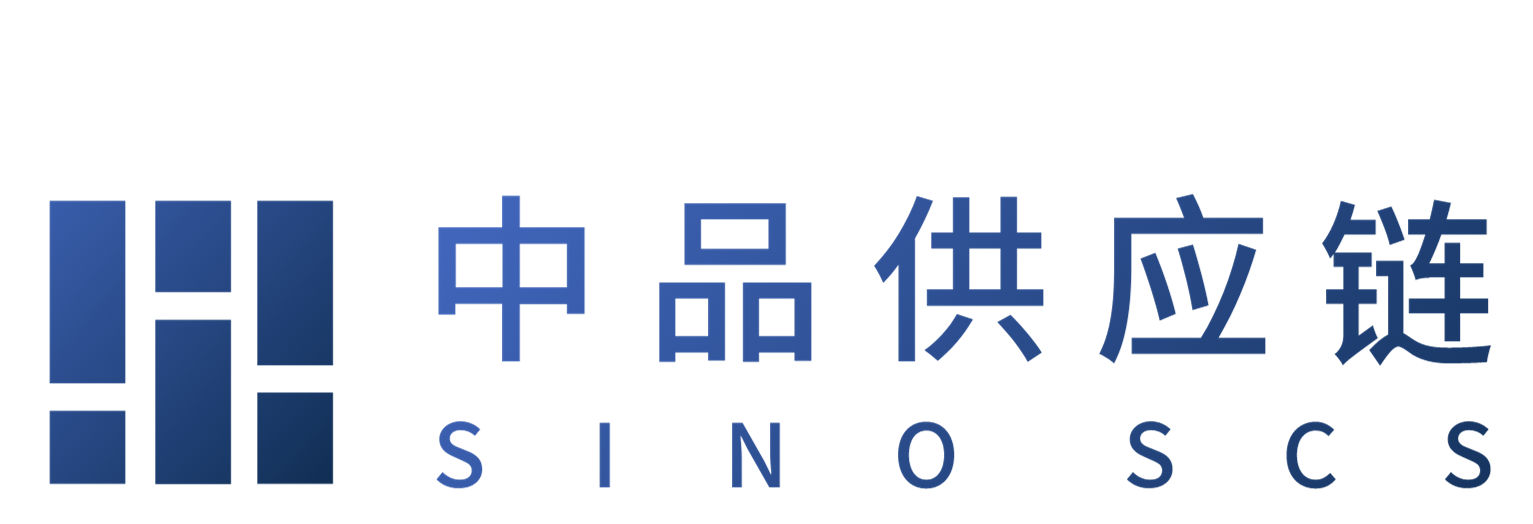How to maximise supply chain visibility

These turbulent times mean it is more pressing than ever to strive for greater supply chain visibility and transparency. Supply Management spoke to a range of experts to discover how different organisations are achieving greater oversight of their own and their suppliers’ operations
The Covid-19 pandemic has put a huge strain on global supply chains, with manufacturing stalling, air and sea ports far over capacity or closed, and the delivery of raw materials and finished goods interrupted.
These multiple disruptions had a severe effect on supply chain cash flow, working capital and supplier relationships, as a recent McKinsey report shows. The impact of such disruptions was exacerbated in places with poor supply chain visibility, limiting effective responses and increasing the risk for future strategies and investments.
Kevin Sample, business development manager at GHX, a technology company supporting healthcare providers, says low visibility keeps firms in a reactive position. This hinders them from taking preemptive action to solve issues before they affect the supply chain.
“Good visibility of potential problems allows organisations at every level of a supply chain to be flexible and to make adjustments in their production and priorities,” Sample explains.
Streamline knowledge sharing
To enhance visibility, it is necessary to look at the entire supply chain as an extension of your own service delivery and ensure you have the right service partners. Steve McGregor, group managing director at property services firm DMA Group, says that in his experience, this can be achieved through effective initial prequalification and selection plus ongoing performance management.
“Greater supplier visibility is becoming a vital part of business as ethical standards and brand alignment heighten in importance. An individual working for one of our service partners in the chain must reflect our own brand values and behaviour,” McGregor says.
“You need to know what’s going on, where and by whom, all of the time, and it needs to be a seamless process,” he says, adding that automation is the key. According to McGregor, automation is enabling real-time data to inform decision making, which is already helping his business become “more agile and responsive”.
At the most basic level, gaining greater oversight of operations is about sharing information. This requires an investment in building trust to gradually gain greater visibility of each business in your supply chain. This approach may work for some, though it will vary from business to business and require exceptional supplier relationship management.
Daniel Owen, CEO of Armstrong, says quarterly reports on performance, investment and sustainability are a great way of sharing information up and down the supply chain. “Some industries have advanced to integrated systems to get real-time forecasts and production performance. These build greater resilience by offering consistent visibility and the opportunity to make changes quickly before any knock-on effect occurs,” he says. “A simple step towards this is making time to conduct regular feedback sessions with suppliers to discuss opportunities and challenges.”
Partner on technology
Having a data-driven system that uses a centralised platform is one way of getting an accurate oversight of operations in real time. With a smarter incorporation of data, businesses can access information, such as shipment tracking, company metrics and insights into any exceptions that need management, says Christos Chamberlain, general manager at Flexport. “These technology-driven insights can be crucial for creating resilience by offering businesses the foresight that enables them to quickly adapt in the face of disruption and to pivot to optimise their supply chain to meet any given circumstances.”
It is clear that supply chain visibility goes hand in hand with resilience and much of that visibility is down to investing in supply chain management tools and procedures. According to Iain Steel, chief procurement services officer at law firm TLT, companies need to ensure new tools and procedures cover the full expanse of supply chains to be most effective – and to have the right agreements in place. “Operationalise and invest in recording information for contract managers,” he says. “Make sure contracts include right of audit, incorporate KPIs/SLAs that give leading indicators that are wider than operational considerations, and do your due diligence.”
Smarter use of information
“Achieving visibility is one thing, but real value comes when businesses are able to interpret what they are told and able to act upon it,” says Simon Geale, senior vice-president for client solutions at procurement consultancy Proxima. Geale believes the three biggest challenges to supply chain visibility are complexity of supplier network, availability of data and clarity of vision to move forward. The last is a common stumbling block.
“This might include switching buying patterns to benefit your business or enacting mitigation strategies to avoid risk. The trick is to use visibility to inform fast decision-making, enabling you to run efficiently and, hopefully, outperform the market,” he says.
But supplier visibility is an ongoing process and requires strategic management. McGregor says: “If you approach it wrong and don’t actively manage performance, you could face increased costs, reputational damage and, ultimately, lose a customer as a result.”
Sample agrees, arguing it is “critical” that organisations big and small recognise that not all big supply chain upgrades are right for them. “Going through an overhaul of your supply chain and procurement operations can be costly and time consuming, but implementing the latest technology doesn’t always give you the best benefits.
“Analyse what the rest of your supply chain is doing to increase their visibility and try to synergise your approach. Only by bringing disparate parts of a supply chain together and implementing some form of common approach can we best improve supply chain visibility and, ultimately, achieve better efficiency and outcomes.”

